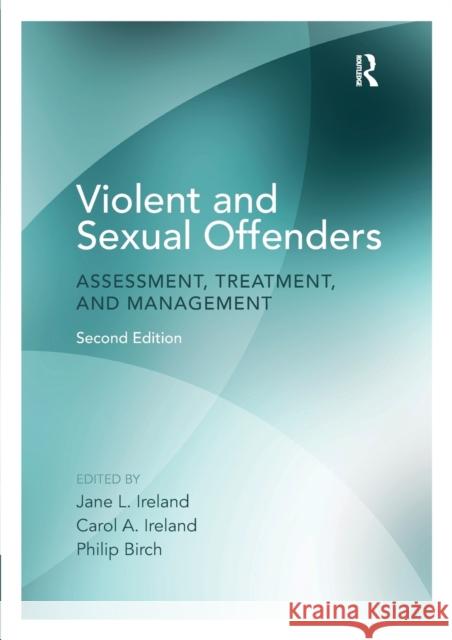Violent and Sexual Offenders: Assessment, Treatment and Management » książka
topmenu
Violent and Sexual Offenders: Assessment, Treatment and Management
ISBN-13: 9781138233102 / Angielski / Miękka / 2018 / 546 str.
Violent and Sexual Offenders: Assessment, Treatment and Management
ISBN-13: 9781138233102 / Angielski / Miękka / 2018 / 546 str.
cena 268,23
(netto: 255,46 VAT: 5%)
Najniższa cena z 30 dni: 261,89
(netto: 255,46 VAT: 5%)
Najniższa cena z 30 dni: 261,89
Termin realizacji zamówienia:
ok. 22 dni roboczych.
ok. 22 dni roboczych.
Darmowa dostawa!
Revised edition of Violent and sexual offenders, 2009.











